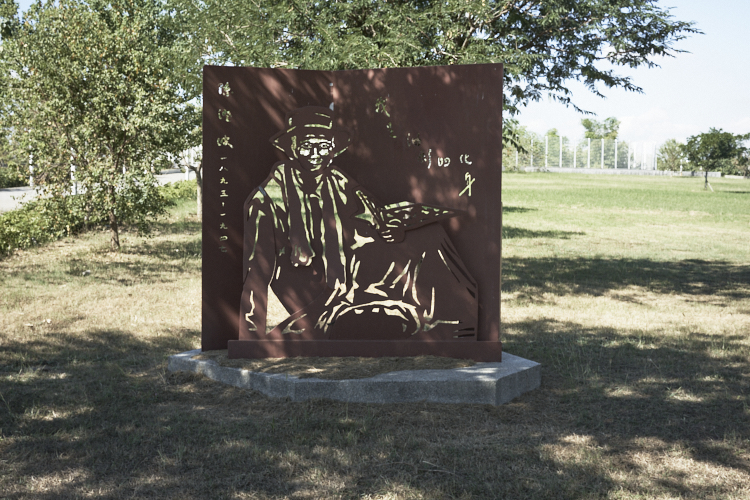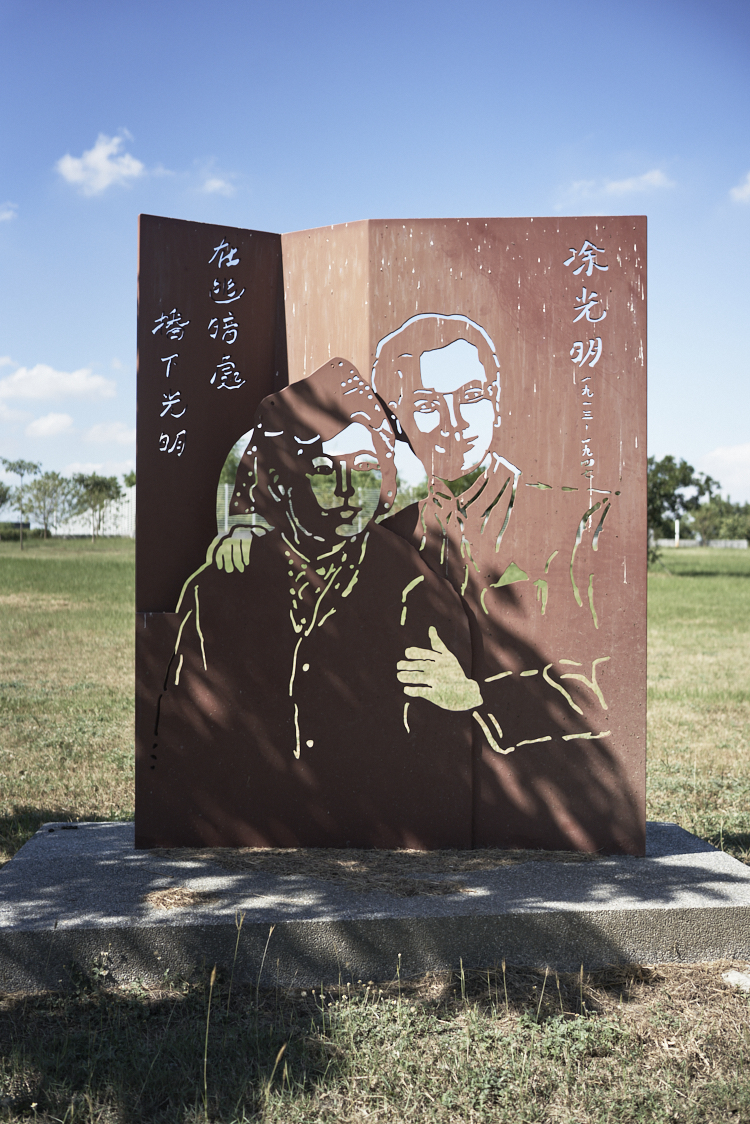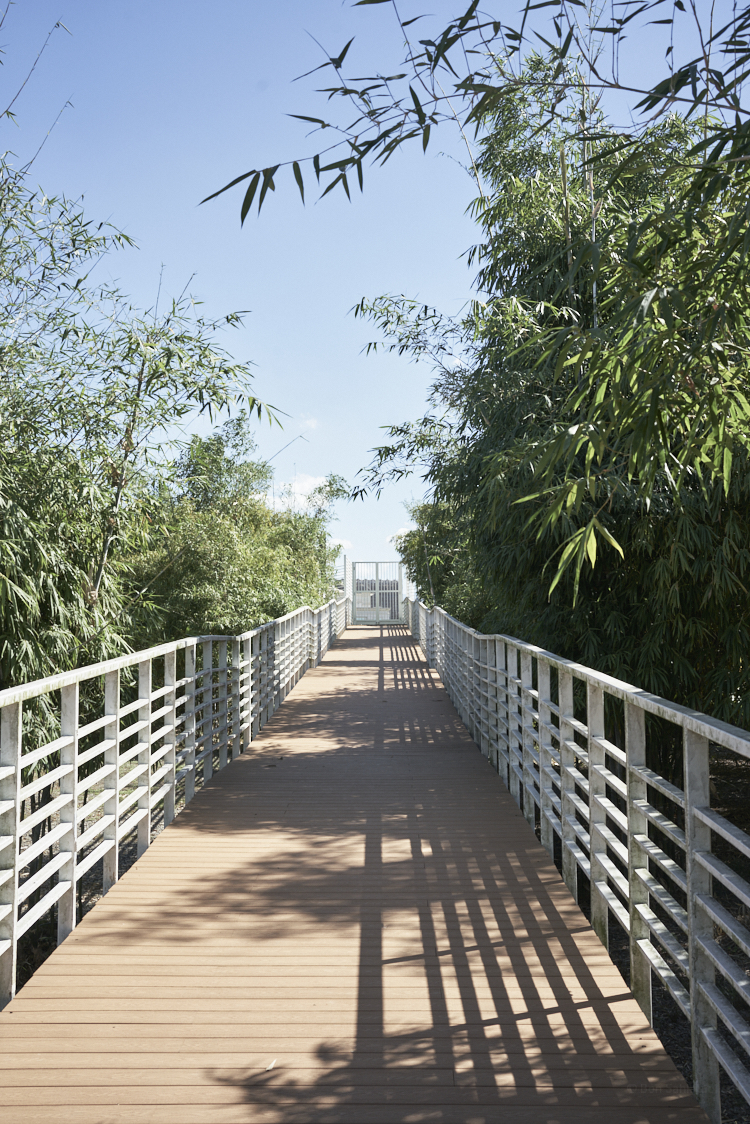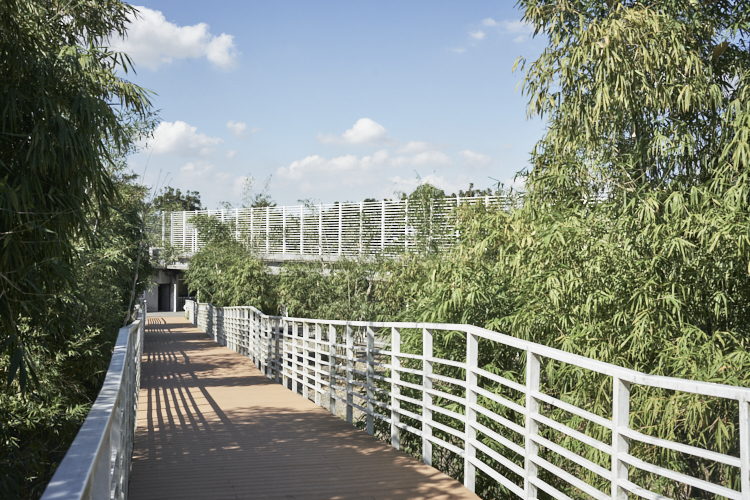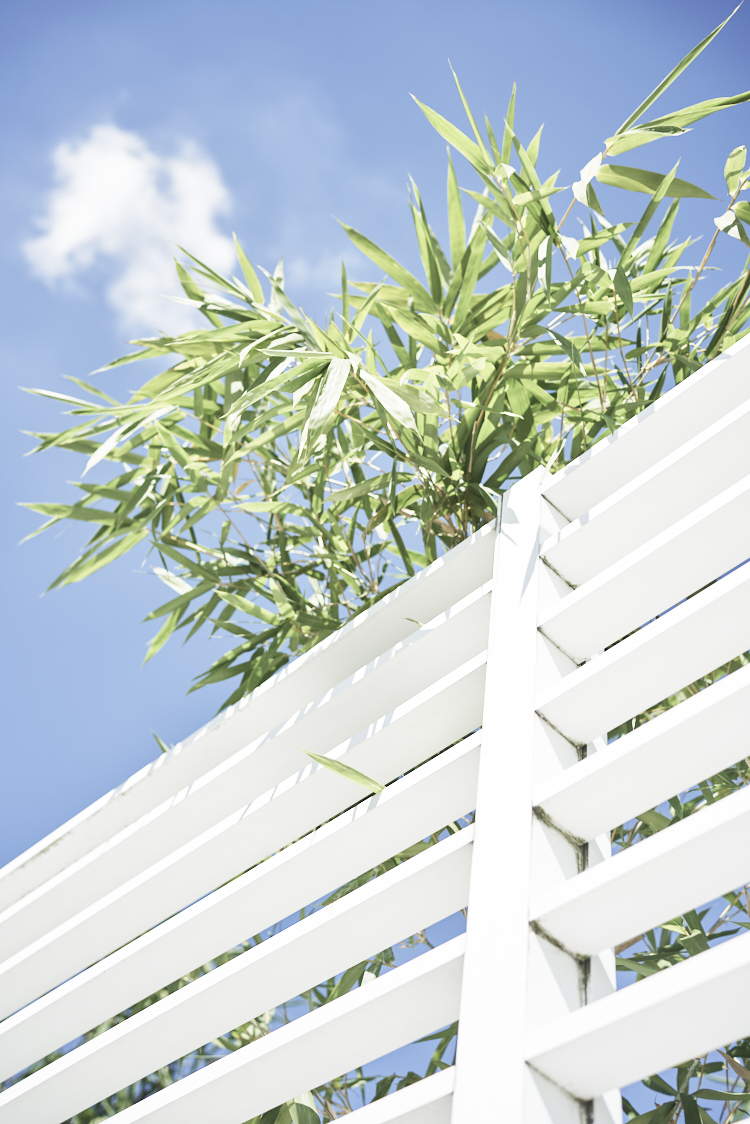Chiayi City 228 National Memorial Park, Truth springs like bamboo towards the sky
This essay is part II of a loose series reflecting on a visit to Chiayi in November 2022. Click here for part I (Intro), part III (228 Memorial Park), part IV (Chiayi Old Prison), and part V (Chiayi Park).
My travel to Chiayi was a kind of personal study tour in order to learn more about its history during the White Terror era and how its population now tries to work through it. The scholarly term for this process is “transitional justice”, and I was lucky to have the best guide at my side: Christina Sadeler, a dear friend of Anna and I who spends the better part of 2022 in Taiwan on a Taiwan fellowship (during a well-earned sabbatical) to study Taiwan’s transitional justice process working through the KMT’s White Terror era.
Arriving at the high-speed rail station – of course clean as a whistle – I was briefly surprised: Are we at the right place? It turns out the stations in Chiayi and Tainan are twin stations! (It’s a bit like walking into a new IKEA market that closely but not fully resembles the one you know.) Even at the end of November it’s 31° (C) outside, so we skip the bus and “indulge” in a taxi to the outskirts of the 250k-city. There we find the first of two monuments remembering the 228 incident.
While the “Chiayi City 228 National Memorial Park” in the middle of the city was built by donations from the public, the Chiayi 228 National Memorial Park (Translated Chinese Wikipedia) was set up by the government and is less known by the populace. (It even took us full five minutes to explain our taxi driver where we wanted to go.)
Arriving in the blistering midday heat, we rushed through the wide and vacuous park area, in which only a few simple bronze reliefs remember some of the civilian casualties – Chen Cheng-po (陳澄波) among them.
The park didn’t look like much, especially if you are used to dozens of remembrance parks in and around Berlin. Only a small opening in the hill in the middle of it proved that there was a monument to begin with. Stepping in from the side, a half-open hallway glistening in the open sun provided panels telling the story of the 228 incident – luckily even in English. A young lady was jubilant to greet the rare guests (even from abroad!), brought us water, showed us around, waited patiently for me to take my photos, and asked nicely for the usual selfie.
The monument is basically the hill, a big burial in its middle. The small hallway on its foot opens sideways towards a garden where bamboo springs quite chaotically several meters high past a high white fence on top of the hill. “The bamboo symbolizes the memory of 228,” the guard lady told us. “Just like the bamboo shoots past the fence and will be visible from afar, the truth about the past will gradually appear on the surface over time.”
Maybe the simple organic chaos before us was a nice reminder of what happened after all.
